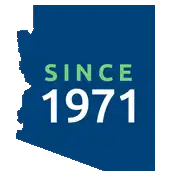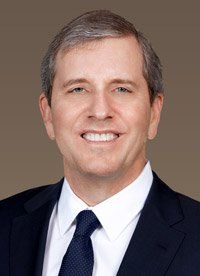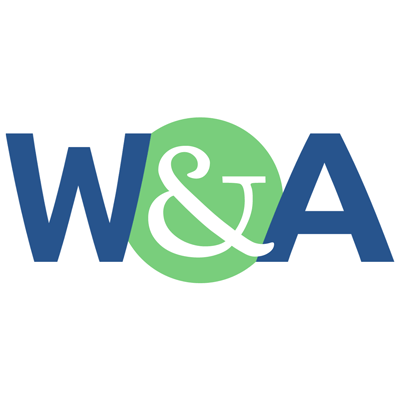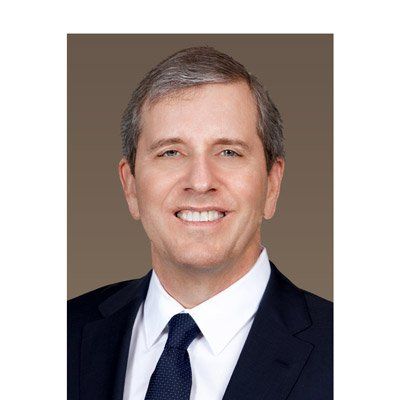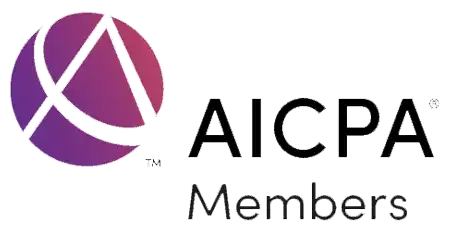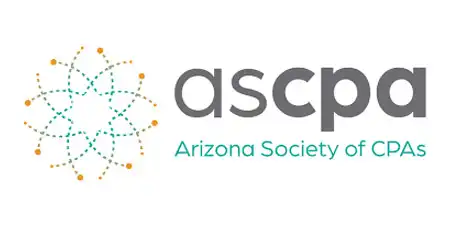Assistance to Tribal Members and Households
Tribes are considering how to support their members and employees who have been furloughed, laid off, had their work hours reduced, or have incurred additional household expenses due to the health impacts of COVID-19 and the lockdowns imposed by governments to try to flatten the curve. We have read and heard about Tribes that have declared per capita distributions using the Fund. We do not advise that approach, because these distributions appear to be taxable to the recipients and do not appear to be eligible for reimbursement from the Fund. Instead, we join a chorus of legal and accounting experts who are advising Tribes to provide emergency assistance that will be non-taxable to the recipients and eligible to be paid from the Fund.
Distributions to Tribal members can be structured so that they (1) qualify for exclusion from gross income pursuant to the Tribal General Welfare Exclusion Act of 2014 and (2) conform to the CARES Act. The key structural elements are:
- Develop an emergency assistance program that conforms to the General Welfare Exclusion Act. The program should be defined with sufficient breadth to accommodate future emergencies, not just the current situation. We recommend consulting with an attorney who has expertise with regard to the General Welfare Exclusion Act.
- Pass a Tribal Council resolution that speaks to the hardships being experienced by the Tribe and its members, the need to promote the general welfare of the Tribe and its members, and the necessity of using the Fund to preserve the availability of Tribal funds for other needs. Again, we recommend consulting with an attorney to craft appropriate language.
- Develop a survey or application process to demonstrate the hardships that members are experiencing due to the impacts of COVID-19. We believe that it is key that only members who submit survey responses or applications are eligible to receive assistance.
There will be an administrative burden on the Tribe to distribute, collect and certify the completed surveys or applications. The labor and supply costs associated with this effort are deemed to be eligible expenditures of the Fund.
Assistance to Tribal Businesses
Tribes are considering how to support Tribal enterprises and Tribal members’ businesses. Members who are entrepreneurs or operate small businesses are likely incurring revenue losses and other financial hardships that will qualify them to receive emergency assistance as discussed in the preceding section. Businesses that have storefronts or other physical facilities, regardless of their ownership structure, may also incur costs related to re-opening safely. Costs may include:
- personal protective equipment for employees and customers
- disinfecting and sanitizing the physical space (initial and ongoing)
- physical alterations to promote safety
We discussed in our previous article
that the Fund may ultimately be considered a federal award that is subject to Single Audit. On May 28 (updated June 24 and July 8), the Department of the Treasury issued a Frequently Asked Questions memo
(see page 9) that they have assigned a Catalog of Federal Domestic Assistance (CFDA) number.
We recommend that, when Tribes consider how to provide assistance to businesses, they do so in a manner that does not risk the business becoming a sub-recipient of the award. This is best accomplished by providing the assistance on a cost reimbursement basis ― i.e., reimburse costs that are substantiated by receipts and additional supporting documents in the case of significant purchases.
Opening Up Safely Into the “New Normal”
Earlier Fund guidance, which was updated on June 30, 2020 (
see PDF), states that medical expenses and expenses of actions to facilitate compliance with COVID-19-related public health measures are eligible. The guidance provides the following examples that this article will discuss regarding eligible expenses to:
- establish and operate public telemedicine capabilities for COVID-19-related treatment
- facilitate distance learning, including technological improvements, in connection with school closings to enable compliance with COVID-19 precautions
- improve telework capabilities for public employees to enable compliance with COVID-19 public health precautions.
How can Tribes provide their members with the tools and training required for successful telemedicine, distance learning, and telework capabilities? Our vision for robustly addressing these needs is that every household will have a laptop PC, and every school-age child will have a tablet. These devices will have broadband access to the internet, and the users will have the knowledge to operate them. Tribes are painfully aware that there are numerous obstacles that must be overcome. To name just a few, there is widespread lack of:
- reliable power extended to communities and scattered homes
- a fiber backbone or other high-speed telecommunication
- secure data channels for sensitive information
- in-house expertise to build out a wide area network
- computer literacy in the population behind the digital divide.
Tribes have a tremendous challenge in designing solutions that banish the digital divide. The Fund provides a tremendous opportunity in the form of funding for these solutions, which may encompass:
- microgrids to provide reliable power
- fiber or satellite channels for voice and data transmission
- distribution, installation and training in support of household technology solutions
- server capacity and security solutions in support of telework
- ongoing support that is culturally appropriate.
We imagine a near future in which the following occurs:
- Tribal elders can receive mental health support – face to face at a safe distance – to help them cope with social isolation.
- Children can engage in educational activities in their homes with rich content tailored to their individual needs.
- Tribal employees or members with outside employment can telecommute as needed.
Tribes know better than we do the specific needs of their communities. Visioning exercises are not a “one size fits all” proposition but must instead be adaptable to the needs and challenges that each Tribal community faces. Technology partners must be engaged and solutions must be designed that achieve results quickly.
The May 28 Treasury guidance, which was updated June 24 and July 8 (see
Frequently Asked Questions), states that expenditures to expand rural broadband capacity are eligible uses of Fund payments only if they are necessary for the current public health emergency.
We bring the perspective of experienced teleworkers, as I write this article in my home office with previous experience rolling out a virtual private network from a main campus to over a dozen locations.
Closing Thoughts
Tribes have received their shares of the first 60% distribution from the Fund. They have just submitted data to the U.S. Department of the Treasury for allocation of the final 40% distribution. They continue to operate in an environment that is replete with unknowns. They are relying on trusted advisers to help them navigate uncharted waters.
The pandemic continues to cause hardships and uncertainty in people’s lives. Many Tribes have taken decisive action to “flatten the curve” and protect the health and well-being of their people. We pray for the success of these efforts.
